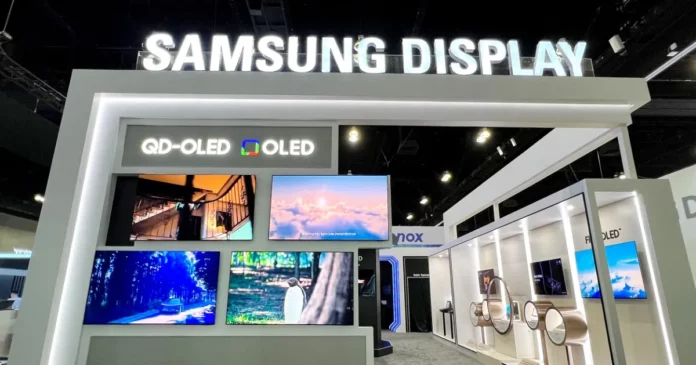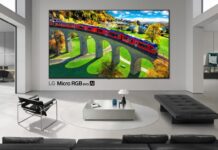Samsung is a well-known display manufacturer and also supplies Apple’s OLED panels for the iPhone. The company is working on a new OLED technology called phosphorescence, which is more efficient than conventional OLEDs.
These new panels will be called PHOLED because of their phosphorescent properties. Recent reports indicate that Samsung is getting closer to developing PHOL1ED panels and could put them into production by 2025.
Samsung is close to developing blue phosphorescent diodes
A typical OLED screen consists of millions of individual LEDs grouped together in a specific order. Each LED can only emit one of three colors: red, green, and blue, so they are known as RGB.

So far, Samsung has successfully developed LEDs based on phosphorescent elements for red and green colors. However, the company has been struggling to develop blue LEDs using new technology. Samsung continues to use blue diodes based on fluorescent LEDs in its latest displays.
For this reason, while Samsung does use phosphorescence in its displays, it still cannot name or market them as full-fledged PHOLED displays. The situation will soon improve as Samsung is close to overcoming this obstacle.
South Korean publication The Elec reported that Samsung could start producing phosphorescent blue diodes by 2025. The company has completed the development of a new material codenamed B1 to create blue LEDs using the new technology.
The report also mentions that Samsung will use these new PHOLED panels in foldable devices. The company may launch these panels in consumer markets by the second half of 2025.
Interestingly, UBI Research claims that Samsung is expected to continue supplying displays to Apple for the next two years. The upcoming iPhone 16 and iPhone 17 may use Samsung’s OLED screens based on M14 material. It seems that Apple is leaning towards Samsung for its iPhone display panels rather than LG or BOE.
What is phosphorescence?

LEDs are made of semiconductors that emit light when a certain amount of power is applied to them. Light can be emitted in two ways: fluorescence and phosphorescence.
Fluorescence means that light will only be emitted when the LED is receiving continuous power. As soon as the power is turned off, the LED stops emitting light.
Whereas with phosphorescence, the LED can continue to emit light even after the power supply is cut off. This is because materials capable of phosphorescence can store energy in themselves and then emit it later.
This property of phosphorescent materials makes them more efficient than diodes based on fluorescent elements. That is why Samsung is trying to develop its OLED panels using phosphorescence technology.
It is reported that Samsung‘s latest blue phosphorescent LEDs could offer up to 100% internal luminous efficiency compared to 25% efficiency of fluorescent diodes. This will reduce the overall power consumption of the display panel and increase the battery life of the respective smartphones.









